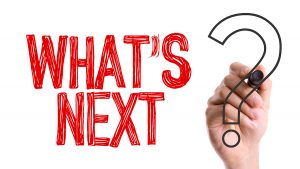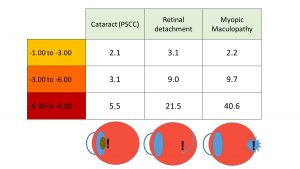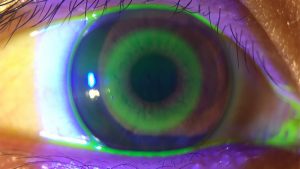Axial length measurement – a clinical necessity?
Most eye care practitioners don’t routinely measure axial length in clinical practice, mainly due to lack of access to the instrumentation and its expense. This is not the only reason, though, that axial length (AXL) measurement is a bit of a problematic measure for gauging myopia management success in a clinical setting.


















